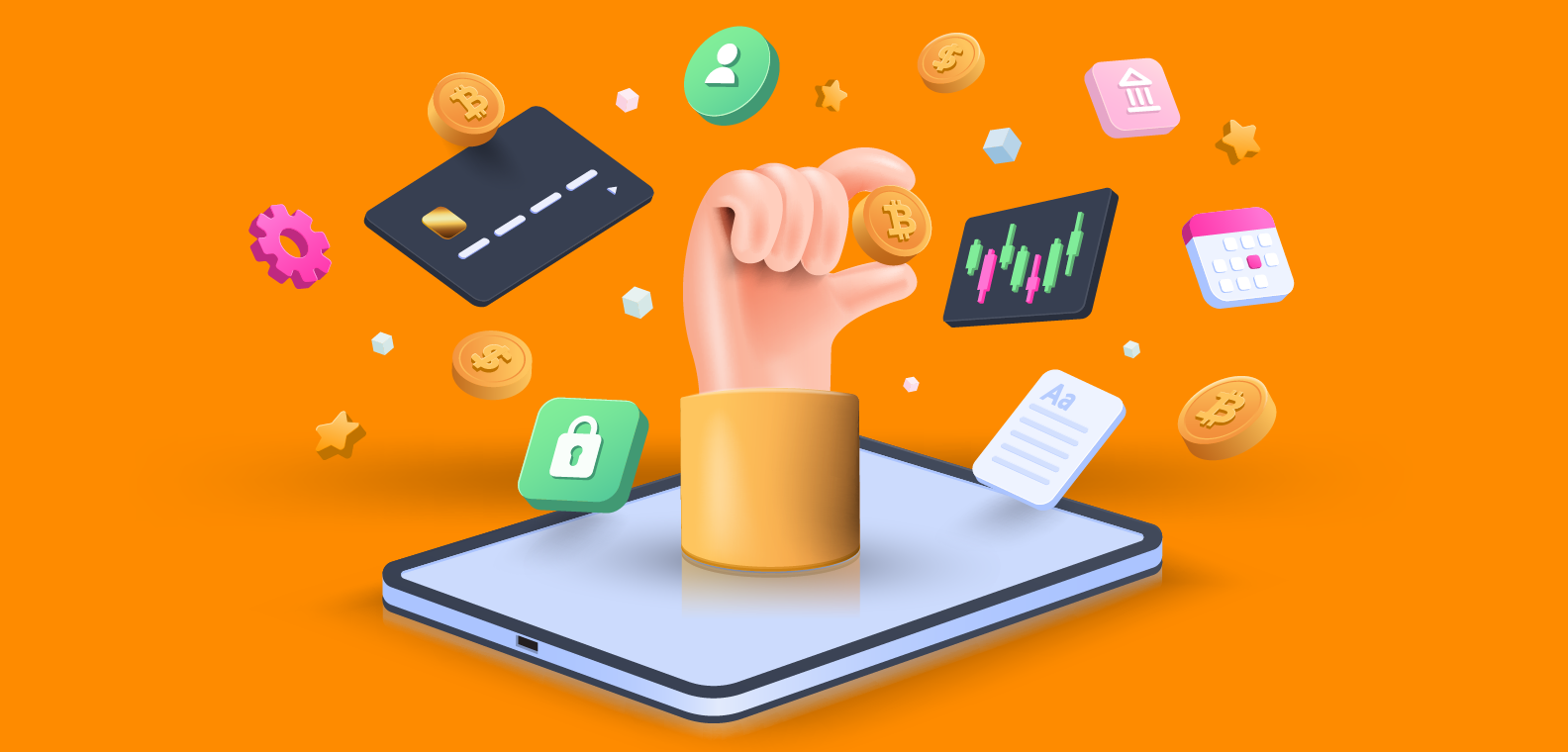
6 Ways To Validate The Authenticity Of An NFT
With the high demand for NFTs, the need to verify the authenticity of digital assets is at an all-time high. In this article, you will find 6 ways to authenticate your desired NFTs before purchase.
Most likely, you have come across some cheap duplicates in one way or another. Be it clothes, shoes, or expensive artwork. With the growing interest in NFTs, plagiarism has also expanded to the non-fungible token world.
Luckily, NFTs have one big advantage - tracing their ownership and verifying their authenticity has made it rather simple thanks to blockchain technology, which holds data in an immutable way.
However, the digital world has become so over-saturated that it can become difficult to know at first glance if you’re dealing with original creation or plagiarism, especially now that derivative NFT collections are gaining popularity.
To ensure that the NFT you are considering buying is really worth your money, we have outlined some ways that help you understand if the NFT is as unique as it claims to be.
6 steps to verify if an NFT is real
Just like you wouldn’t buy an expensive painting without making sure it’s an original work, you shouldn’t rush into buying NFTs without ensuring their authenticity.
Here are 6 reliable ways to verify the authenticity of your desired NFT.
1. Browse various marketplaces
It is the first red flag if the creator sells the same NFT on multiple platforms.
Each marketplace has its ledger and tags every NFT upload uniquely. This means that a legitimate creator will choose and stay with one blockchain. Moreover, the marketplace will help with promoting the NFT drop, and the buyers can make their bids on the platform.
However, this does not mean that NFTs cannot be marketed on multiple platforms. What to keep in mind is that the sale of the NFTs should be only made via one selected marketplace or, in some cases, marketplaces in the same network.
Some NFT marketplaces are:
2. Do research on social media
Social media is a great place to get information about people and their projects and with NFT projects, the artists behind the artworks should be mentioned somewhere.
Top NFT artists are on different social media sites and share content related to their works as well as topics they are interested in. Remember, a good NFT should resonate with you, and you should see clear motivation from the artist.
Some other ways to get info from social channels:
- Analyze their social channels’ engagement. If the number of followers and the engagement rate seems to be off, it’s likely that the artists (or the team behind a fraudulent NFT collection) have bought followers.
- Look at the comment section under the posts. What are others saying about the work?
- Reach out to the artists. In case you have doubts if the artist is really behind the NFT collection you are looking at, ask them if they have been actually involved in the project.
3. Check out the NFT transaction history
Every transaction an NFT has been involved in from when it was first minted until the current day is always available for everyone on the blockchain.
Taking time to keep track and validate your NFT transactions will give you peace of mind that each token you buy, sell, or trade is authentic. Two main reasons to review NFT transactions to understand if you are dealing with a real NFT or a fake one:
- Access information on who minted the NFT, when they did so, and how many NFTs there are.
- Retrieve information on who owned the token, who sold it, and who the current owner is.
If you are in the process of purchasing an NFT, always remember to verify that the transaction was completed successfully. By skipping verification, you might end up buying too many tokens or miss out on your purchase by believing the transaction is done when in reality, it hasn’t.
For your own NFT transactions, no matter if you bought it or sold it, you can go to Etherscan.io where you can search transactions by address, transaction hash, block, or token.
To check a specific NFT sales history, collection rankings, market data, etc., CryptoSlam.io will come in handy.
4. Look up the NFT storage server
NFTs that are stored on centralized storage spaces like Google Drive or personal servers are most likely a sham. From such storage, the owners could easily delete the files, and you will end up owning a simple hash on the blockchain.
To check out where your desired NFT is stored, you can use tools such as Check My NFT. If the NFT is in a decentralized server, it’s definitely a positive sign.
5. Use Google image reverse search
A simple trick to see if there aren’t several versions of the image is to use Google reverse-search on the specific image.
You will get information on how many versions of the image have been uploaded on the internet, and how long it has existed together with the first ever upload date.
You can either copy an image link to the search bar or upload a photo to retrieve the information.
6. Be critical about the price
As the saying goes, if it’s too good to be true, it probably isn’t. This applies to NFTs as well.
If the price is remarkably low for an NFT that is perceived as valuable, don’t consider it a bargain as it might be fake or simply plagiarized work.
To understand the case further, apply all the above-mentioned points and also look at similar NFTs and their prices in the marketplace.
Conclusion
If there is a digital asset like NFT available, there are some reliable ways to verify its authenticity. Don’t jump blindly on board if something seemingly good comes up, and always take time to do your own research.
